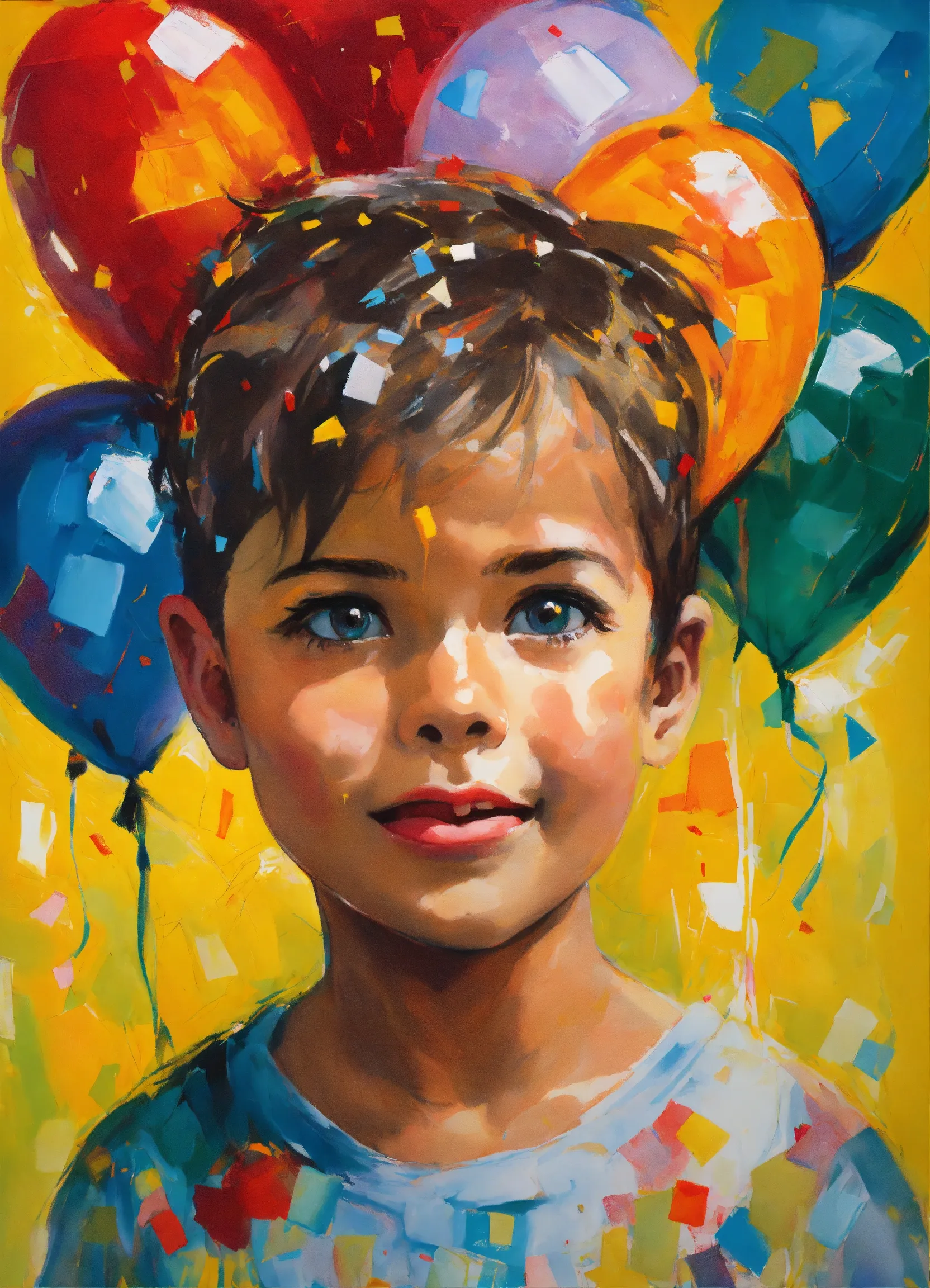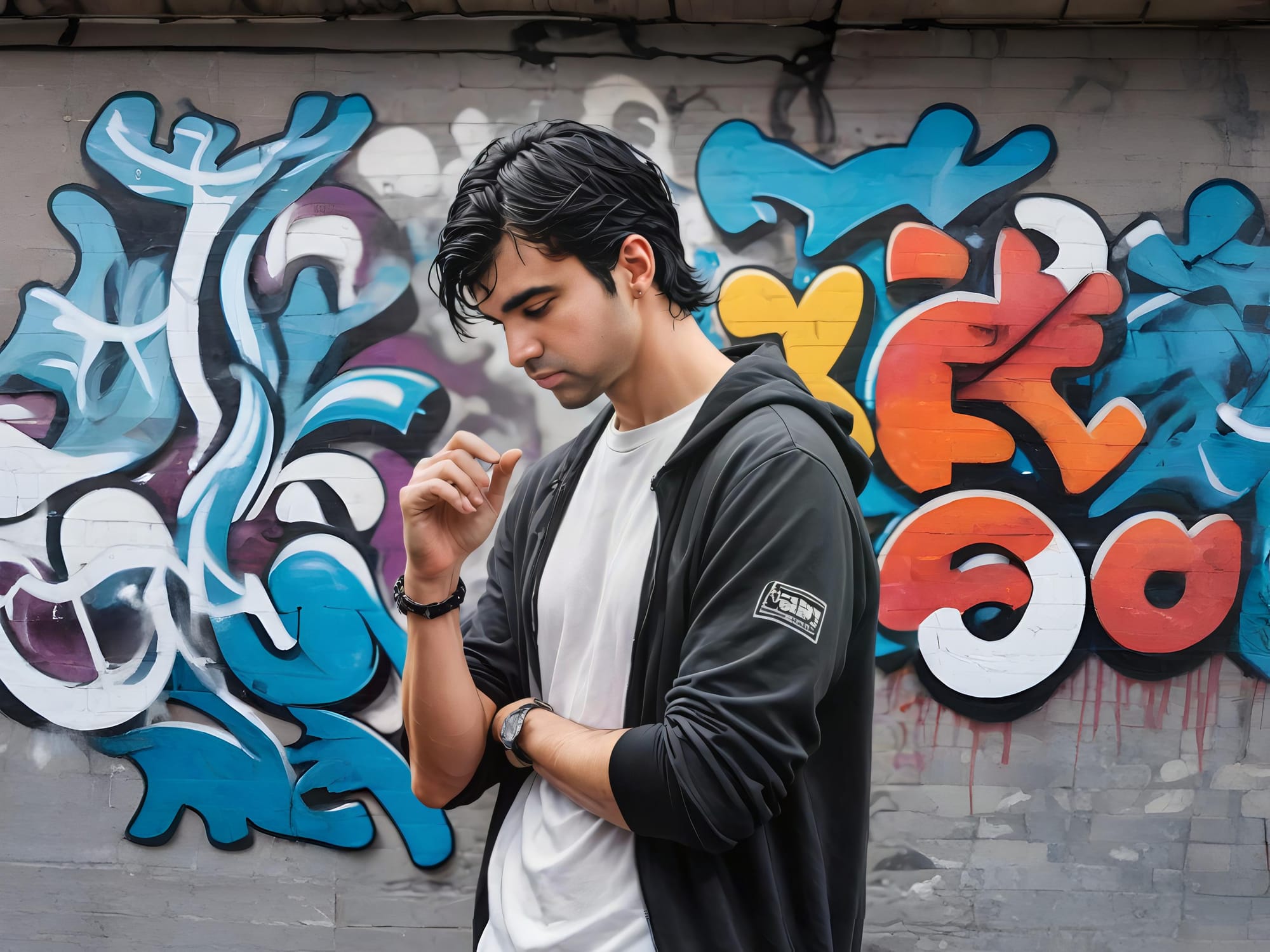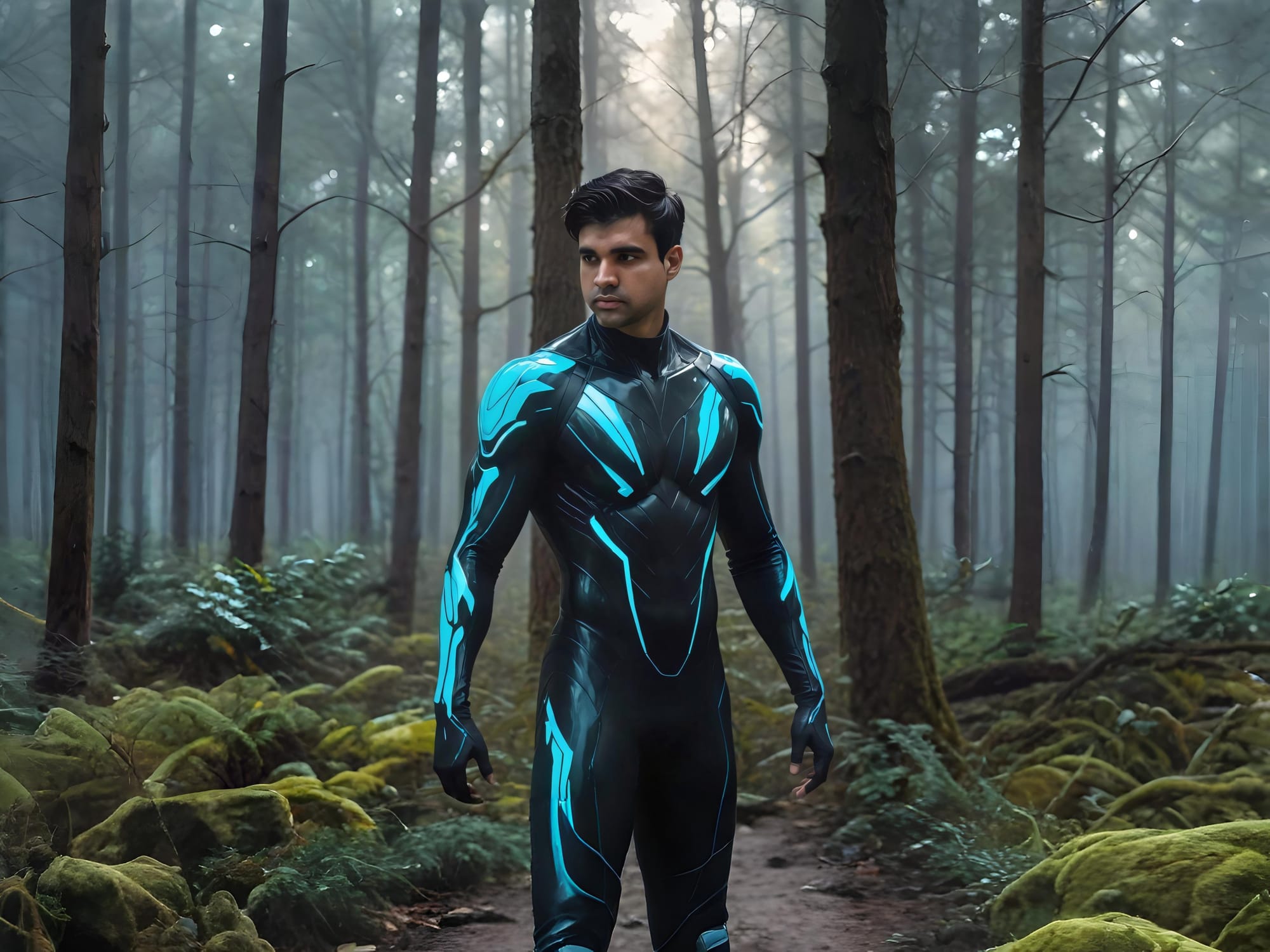The Renaissance Revolutionaries
Their journey took them through laboratories and artist studios, through the halls of academia and the courts of nobility.
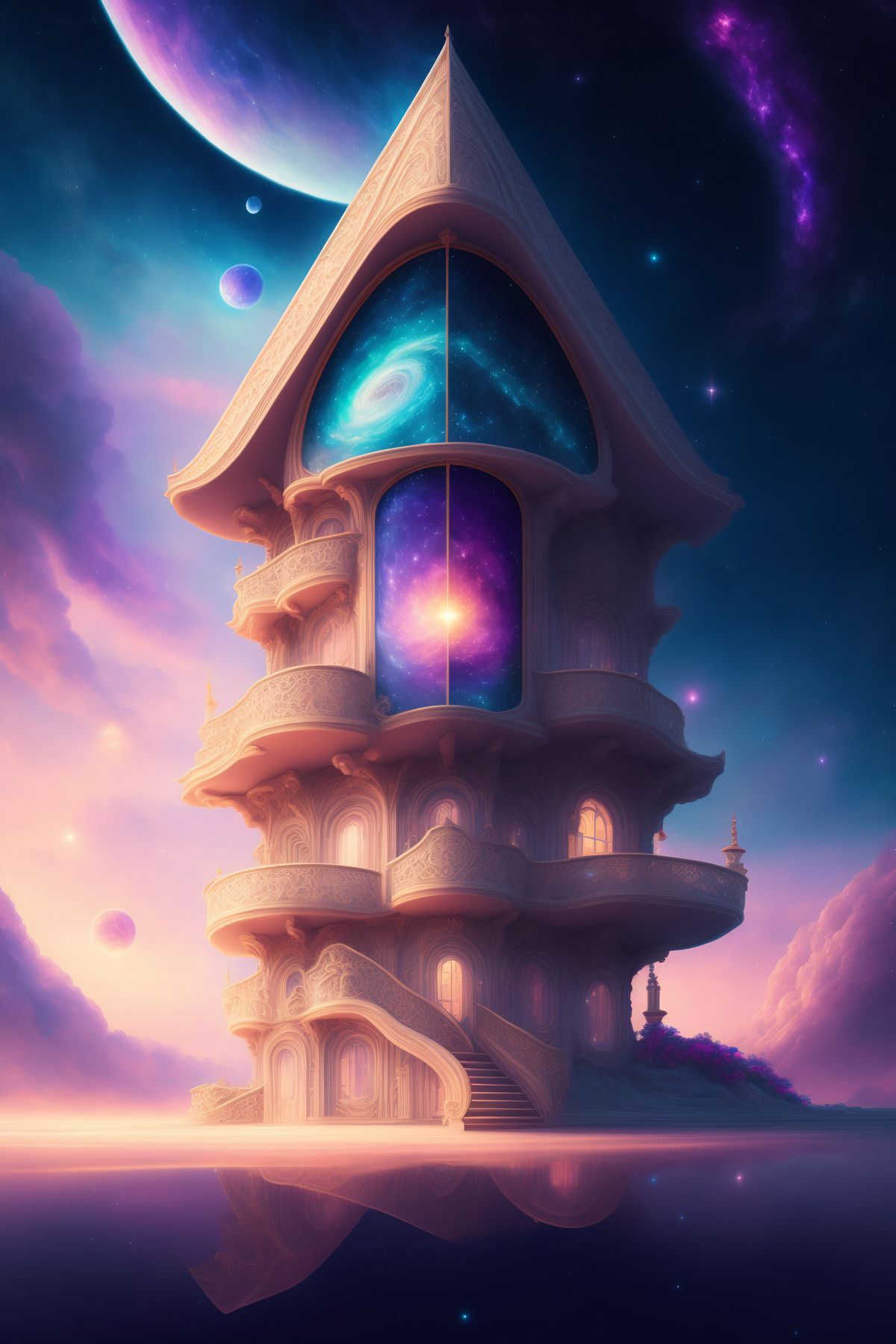
In the heart of Florence, during the vibrant era of the Renaissance, I found myself caught in the whirlwind of an extraordinary movement—the Renaissance Revolutionaries. This secret society of artists, thinkers, and visionaries sought to reshape the world through the power of art, science, and innovation.
It all began when I stumbled upon an ancient manuscript hidden in the archives of the Medici Library. The yellowed pages were filled with cryptic sketches and enigmatic writings, hinting at a society that transcended the boundaries of their time. As I deciphered the text, I realized I had uncovered the legacy of the Renaissance Revolutionaries—a group dedicated to liberating humanity from the chains of ignorance and conformity.
The Revolutionaries, it seemed, believed that true progress lay in the hands of those who could harness the creative potential of the human mind. They saw art not just as a form of expression but as a weapon—a means to challenge the status quo and usher in a new era of enlightenment.
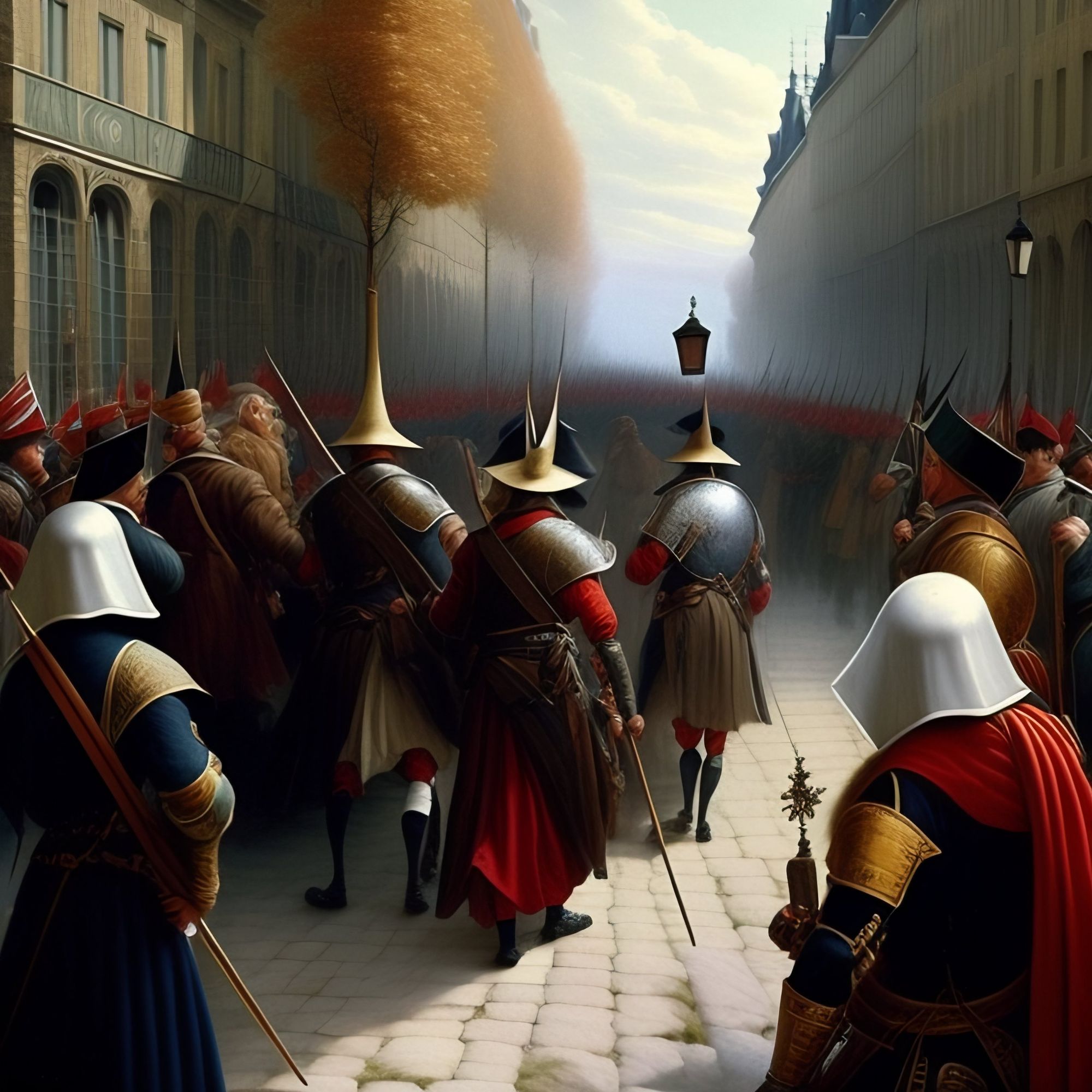
Guided by the writings of their enigmatic leader, Luca di Artigiano, I joined the ranks of the Renaissance Revolutionaries. Our clandestine meetings took place in the dimly lit chambers of abandoned workshops, where the air was thick with the scent of paint and the whispers of ideas that could change the world.
Luca, a brilliant sculptor and philosopher, urged us to defy convention and embrace innovation. He spoke of a future where art and science would merge, where creativity would be the driving force of progress. Under his guidance, we embarked on audacious projects that pushed the boundaries of what was thought possible.
One of our most ambitious endeavors was the creation of a flying machine—a contraption of wood, canvas, and dreams. As we toiled away in secrecy, crafting intricate wings and calculating the precise angles needed for flight, I couldn't help but marvel at the audacity of our vision. We were determined to achieve the impossible, to soar above the confines of the Earth, and to prove that humanity's potential was limitless.
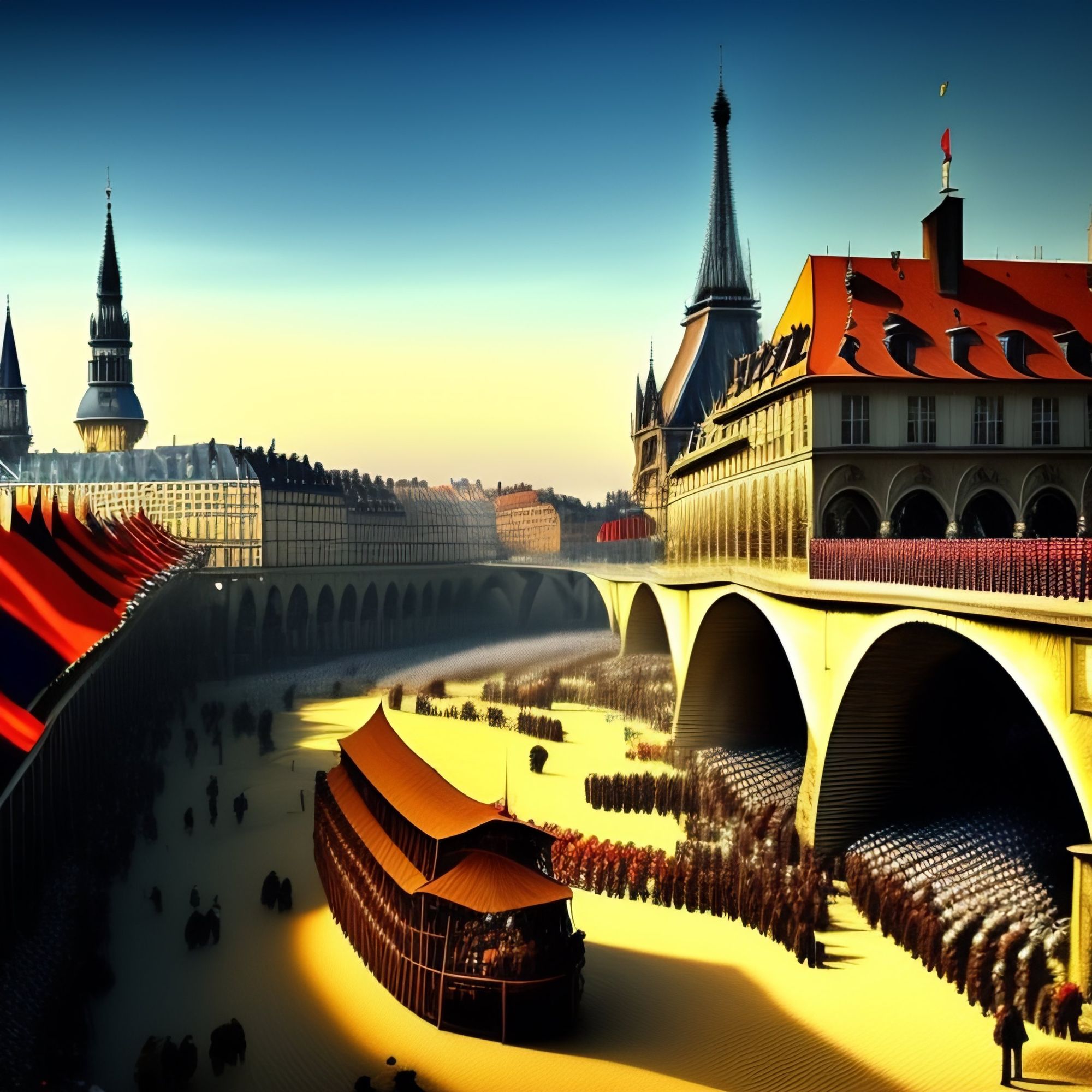
The day of the test flight arrived, and our hearts raced as we watched our invention ascend into the sky. For a moment, it felt as if time itself held its breath. And then, with a triumphant roar, our machine broke free from the bonds of gravity, soaring into the heavens.
Our success sent shockwaves through the city, drawing the attention of both admirers and detractors. The authorities, fearing the disruption of the established order, sought to suppress our revolutionary endeavors. But we were undeterred, for we had tasted the sweet nectar of innovation, and we were unwilling to surrender our dreams.
As the Renaissance Revolutionaries continued to push the boundaries of art and science, we inspired others to question the limitations of their own time. Our legacy endured, shaping the course of history and igniting the flames of creativity in generations to come.
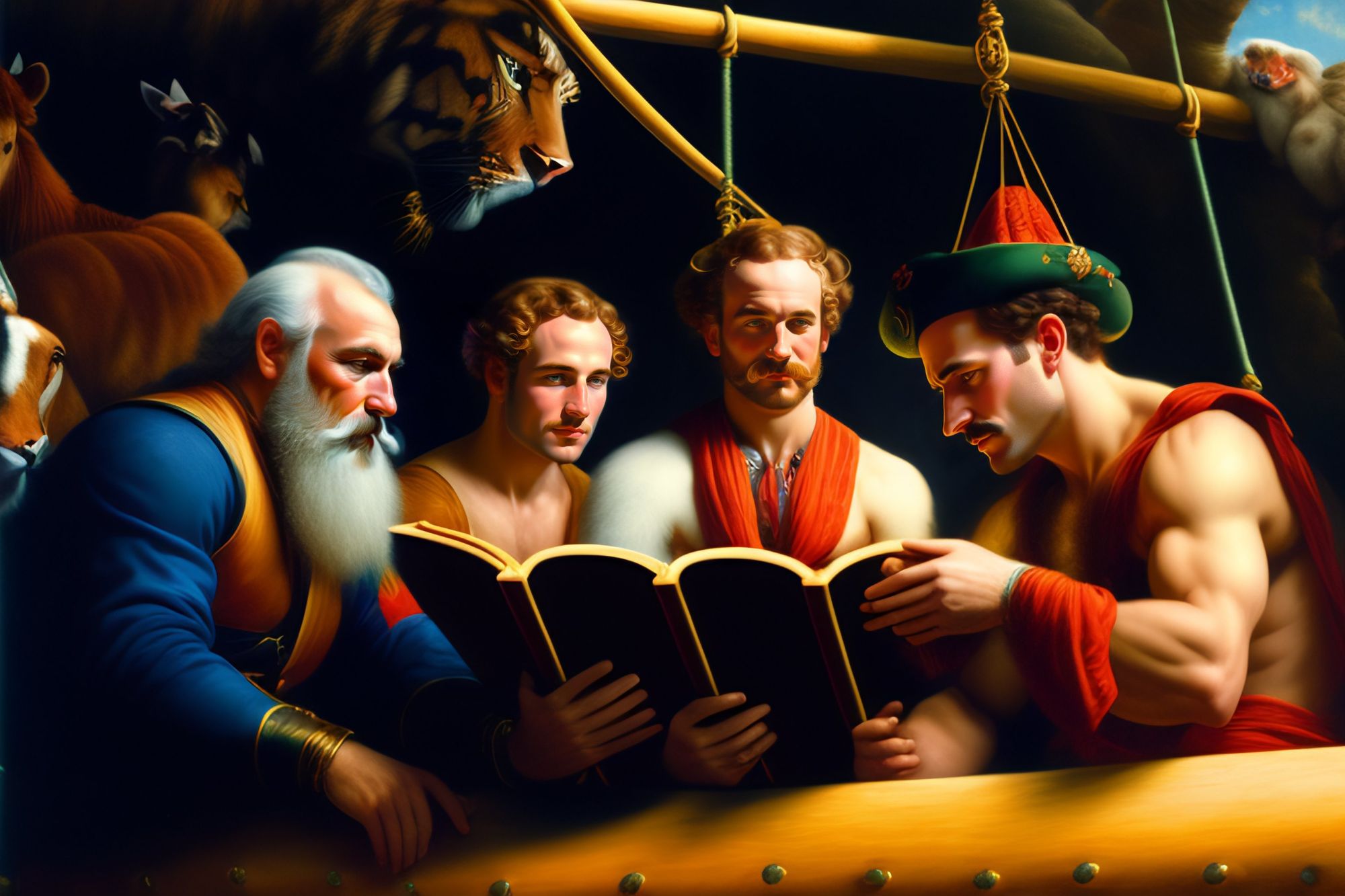
In the end, we proved that the Renaissance was not merely a historical period—it was a state of mind, a revolution of the spirit. The Renaissance Revolutionaries had shown that through the power of art, science, and boundless imagination, humanity could transcend the constraints of tradition and forge a brighter, more enlightened future.
And as I look back on those tumultuous days in Florence, I can't help but smile, for I know that the spirit of the Renaissance Revolutionaries lives on, forever inspiring those who dare to dream and create in the name of progress and innovation.

